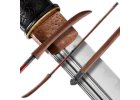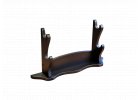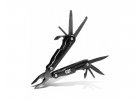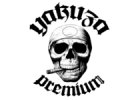SWORDS AND SABRES
Our collection includes Chinese, European and Japanese swords, including iconic katanas. Each sword is a masterpiece that combines beauty, functionality and a rich history. From medieval European swords to elegant Chinese sabres, our range will satisfy both collectors and martial arts enthusiasts. Join us to explore unique weapons that reflect the art and tradition of ancient blacksmiths.
-
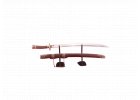 Chinese and ninja swords
Chinese and ninja swords
-
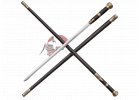 Hidden swords - hiking poles with hidden cord
Hidden swords - hiking poles with hidden cord
-
 European swords and sabres
European swords and sabres
-
 sabrage - sabres for festive moments
sabrage - sabres for festive moments

_-_edited.png)




